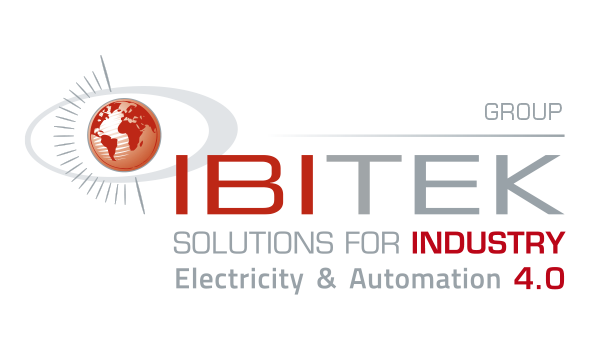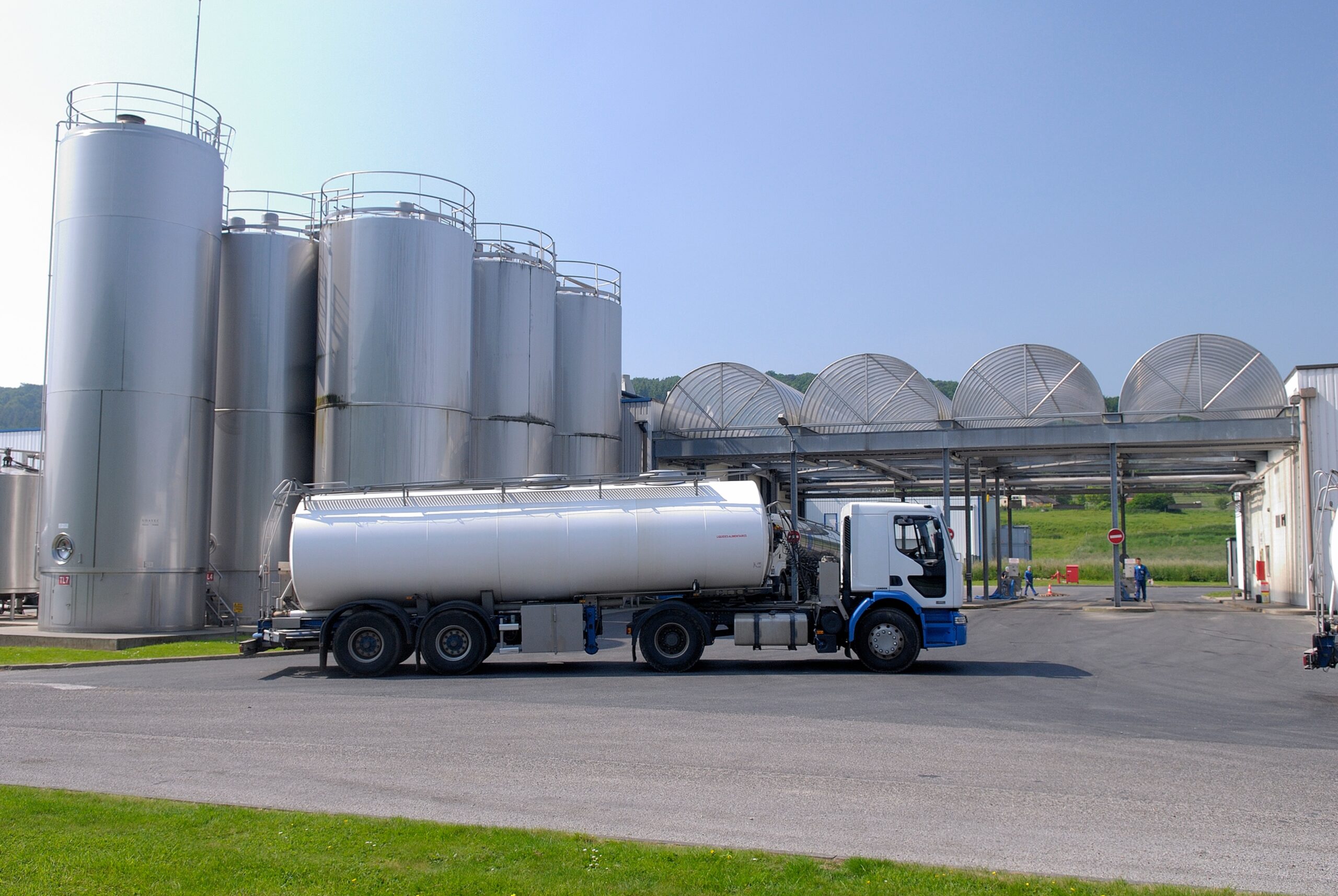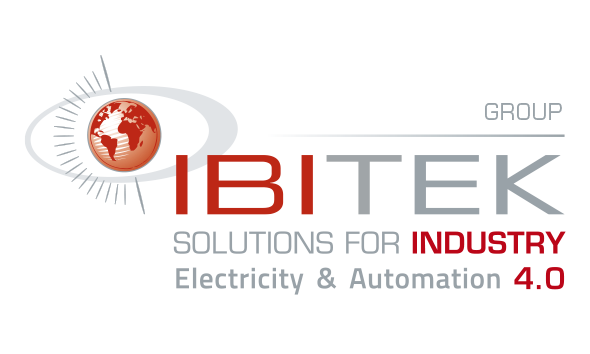IBITEK first began to examine the relevance of researching a new and innovative control‐command solution with the questions : What is a 4.0 control-command solution? What does it do? And how much does it cost?
4.0 is about connected industry, interoperability, standardised protocols, update management, and access to data. Factories need more access to information and must be able to evolve and update their resources. The control-command system must also respond to these needs. It is notable that needs and budgets are both evolving – although often in opposite directions. This article will demonstrate that the requirements incumbent on the control command system are achievable and need not pose a problem in terms of budget. In fact, as long as the relevant data has been made available and the ability to update has been fully integrated into the chosen solution, and the control-command system is based on these principles, savings can be made in both the short and long term.
Issues observed
First, it is necessary to take a look at the state of existing command-control systems. In the cement industry, access to the control interface for a distributed control system is often limited to the control room, at least for heavy clients with software installation and licences.
Virtualisation enables users to limit their dependence on equipment that may eventually become obsolete. However, this too has its limits in terms of number of clients, video resolution, evolution, and the size of servers for virtual machines. Web client solutions exist, but they often require adaptation and additional licencing costs, meaning that possibilities using web clients are sometimes limited. Where several distributed control systems are operating within the same factory, clients are generally dedicated to one of these individual systems.
However, the production manager may want to connect from the office, the maintenance teams from home, the executive during a meeting or while away on business – then there is the laboratory, the automation department, etc. A supplier needs to be present when a piece of equipment is being started up to extract data curves: how do they connect? What needs to be installed? What about licences and access rights?
In existing systems, the industrial control (supervision) process and data archiving are separate. The data history is generally limited to a period of a few months in the control and command system, meaning an external server and software are often necessary in order to access long-term histories.
In addition, updating the distributed control system is costly and time-consuming, as it requires a major update of all system components: programmable logic controllers (PLCs), engineer workstations, and client control servers.
This also often implies licence updates, which are costly because they involve all of the equipment at the same time, across several different workstations.
Developing a solution
The solution must be capable of responding to these issues and should be built around these requirements. This would avoid adaptation overlays and the additional costs they incur, resulting in a solution that is homogenous and economical in the long run.
Ibitek decided to base its solution on major industry operators and proven innovation. This is not about starting from scratch. Instead, it was decided that major operators in the industry would be drawn upon, as well as equipment and software recognised in the world of cement. The company will not be designing PLCs or software, instead it will utilise the benefits of already-stabilised innovations from designers and suppliers of supervision software.
Ibitek’s IB-Dcs control and command solution is offered to the company’s clients as an alternative to standard solutions on the market.
Project architecture
PLCs, servers, and network equipment must be highly reliable, and the catalogue of additional parts and support services must carry a long-term guarantee. This is not about reducing costs immediately at every workstation, but reliability will bring about a reduction in real costs over time. This is how the right balance can be struck.
A distributed control system essentially comprises high-performance automated machinery with robust fieldbuses and a programming software that has proven its worth in terms of reliability.
PLCs have been selected based on their reliability, their robustness, the programming software, and their ability to respond to Ibitek’s objectives. These include the following: opening communication to other systems, simplified licence management (with no limitations other than capacities), native update management, costs, management of the operational task library, and opening the code to third‐party software. By separating automation from supervision, update management and multi engineering are simplified as a result.
Similarly, the industrial process control software must also meet specific objectives. For example, it should be able to start up a supervision client via a web server without requiring any installation. It should be independent from the operating system (Linux, Windows, Mac, etc.), suitable for all screen resolutions, and have centralised and simplified licencing management (e.g. unlimited tags, ability to transfer to an unlimited number of clients). In addition, it should have significant native capacity for data archiving, simplified update management, and multi-engineering, as well as the management of backup/system restore capabilities, and openness to third-party software. It must also, of course, allow for server redundancy and ‘object’ management, in order to maintain coherence with the management of the automation library.
Building the solution
The programming of a distributed control system (DCS) is based on automation in harmony with the supervision system, so as to ensure that advanced diagnostics are available for operators. In order for the diagnostic to be reliable at supervision level, it must be deduced from automated processes, requiring the least amount of human action possible, as well as being capable of self-control.
The data made available must be useable by various departments and users. It covers factory operations, advanced diagnostics, data curves that can be monitored in real time and archived over several years, as well as alerts and events, and the export of data to formats that can be used by communal tools (csv, xls, etc.) and multi-lingual management.
Rollout: connectivity and system security
Access to the IB-Dcs system is now ready to be made available to operators, production managers, maintenance operatives, laboratories, and management and assistance teams.
Access to the supervision system is independent from the system installed (Linux, Windows, Mac, etc.), as well as the workstation’s resolution, whether it is on a laptop or desktop computer, with or without a touch screen. There is also no longer any dependency on the client workstation and no need to install heavy clients; client licences are simple and centralised. However, it should be noted that this does not in any way counteract the installation in the control room, but makes it easier for this to evolve and provides greater ease of use.
Connection to various operators within the factory requires the thorough management of access rights, which involves the IT department and the responsibility of these operators. Once connected to the supervision system, users must identify themselves in order to access specific command rights. The management of users and their authorisations requires some organisation on the production side because it must be possible to check which users are connected and where they are connected from. An integrated messaging tool (chat feature) enables an immediate exchange between the various workstations connected.
Case study
Cem’In’Eu is an industrial startup that has developed a new cement production and marketing concept in Europe, with a flexible approach to the business and breakthroughs in the supply, logistics, production, and sale of cement. Cem’In’Eu has chosen Ibitek and the IB-Dcs solution for the control-command of its new cement grinding plant Aliénor.
Conclusion
Based on this experience, it can be suggested that access to Industry 4.0, applied to the control-command system for cement production, is both justified and achievable. It will allow the cement industry to respond to new operational needs and, on balance, will result in a significant reduction in costs both in the short and long term.










